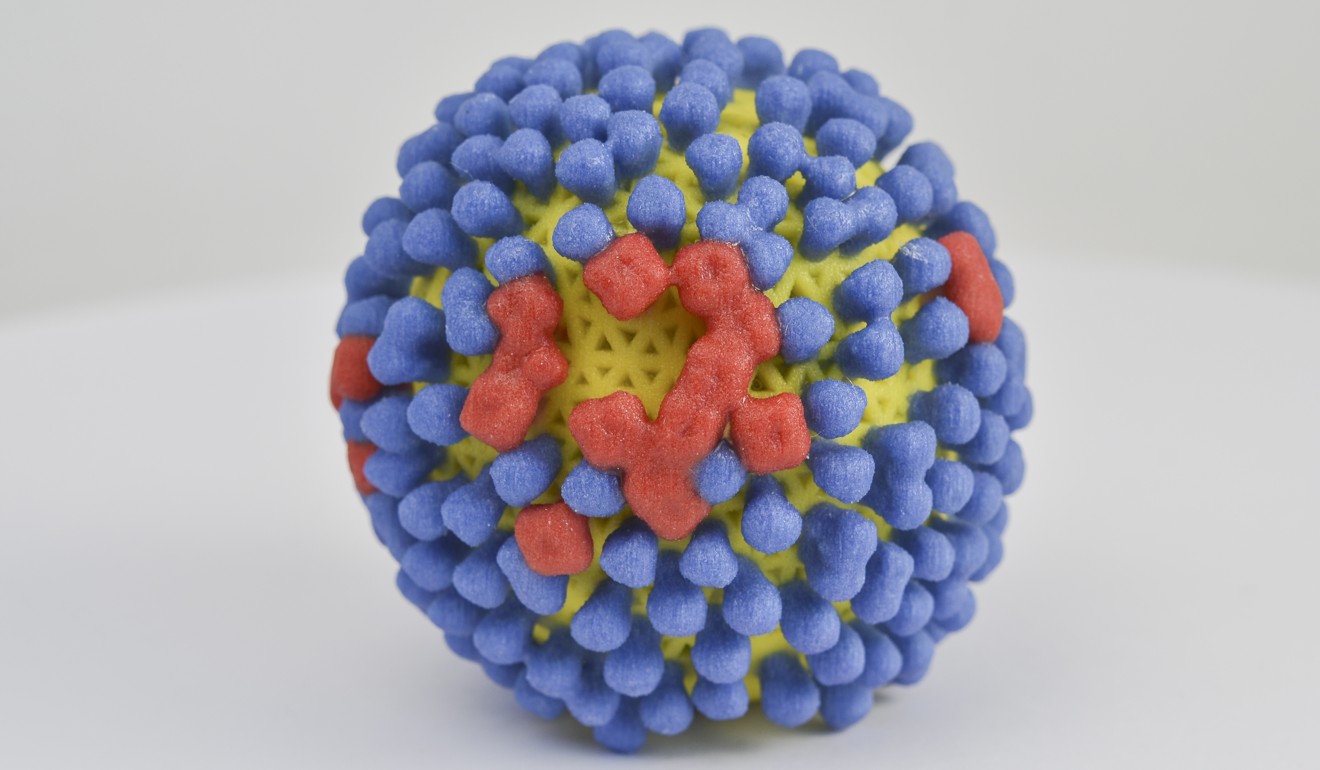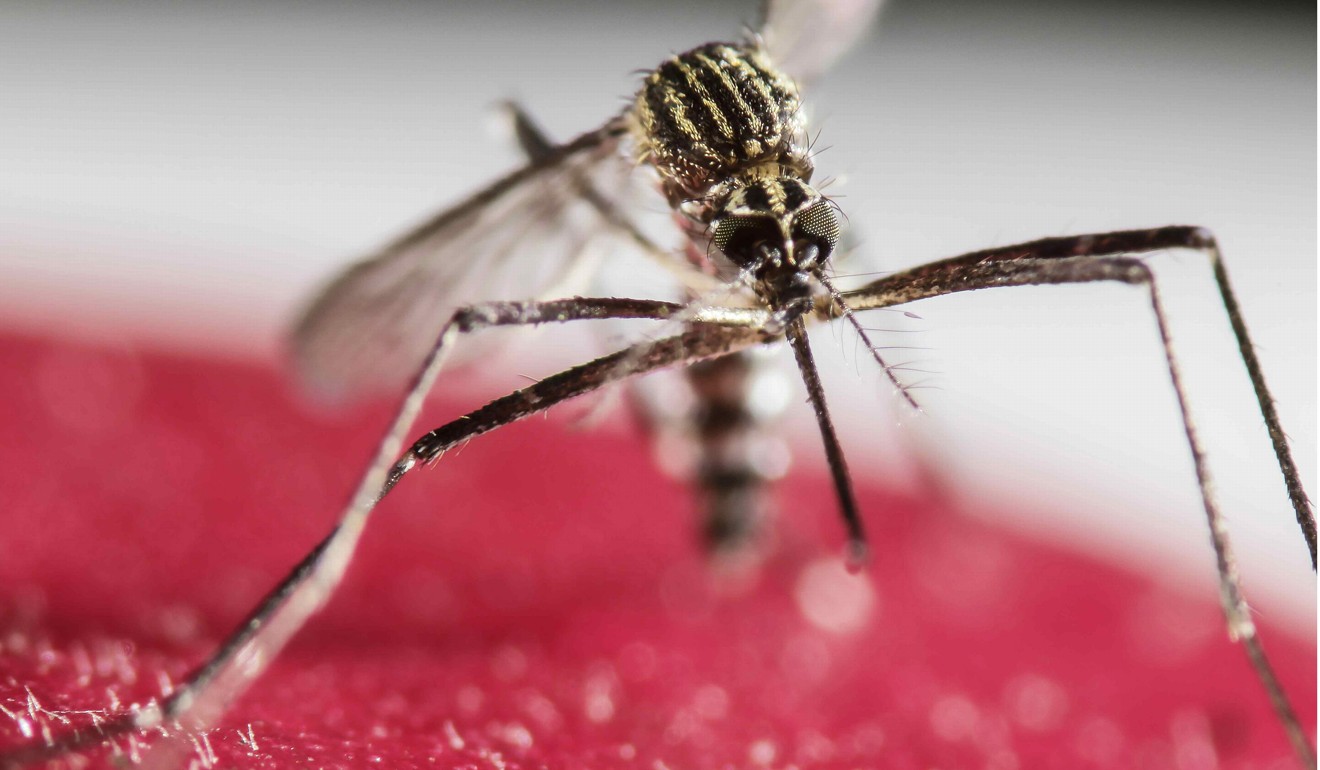
Virus test developed by 15 Hong Kong university students could mean difference between life and death in an epidemic
Chinese University of Hong Kong undergraduates design new method for identifying virus subtypes which could help doctors gain critical time in an outbreak

A faster and easier test for viruses has been developed by Hong Kong university students which could speed up treatment and save lives by allowing doctors to make quicker decisions and gain critical time when faced with the threat of an epidemic.
The testing method, designed by a team of 15 undergraduates at the Chinese University of Hong Kong, has already been put to work on influenza A viruses in preliminary experiments, where it was able to identify subtypes in about an hour.
That time was much faster than the conventional method of testing, polymerase chain reaction (PCR), which requires three to four hours.
“If frontline health workers know earlier whether a patient is a high-risk one, say, suffering from avian flu, diagnosis and treatment could be given earlier,” said Cathy Wong Wing-sze, a fourth-year student in the team.

The research group comprised students from the university’s school of life sciences and biomedical engineering department.
Influenza A viruses can cause severe illness in both humans and animals. The deadly avian flu, which has been seen in birds and people in Hong Kong, is caused by influenza A viruses.
The mortality rate for humans infected with H5N1, a type of avian flu, is about 60 per cent.
The new test is based on an existing detection mechanism known as Toehold Switch developed by American scientists in 2014. The mechanism identifies a specific type of virus by its genetic material, with the help of a sensing substance generated specifically based on the gene sequence of a virus type.
If the sensing substance, which is called a “switch”, meets the virus type it is intended to identify, its colour changes. The test has been used to detect Zika, a mosquito-borne virus which can cause birth defects.
The students generated four “switches” based on the gene sequences of four influenza A virus subtypes available from an online database. Virus subtypes H5, N1, H7 and N9 were tested in the experiments.

The team said the test could be done on site at farms and border control points without the need to transport samples to a laboratory for analysis, as was required for PCR.
But Andrew To Ching-yuet, a fourth-year student who led the team, admitted the test was still in its preliminary stages of development and much more work was needed before applying it in the field.
For example, a real virus sample would have to be used to check the reliability of the test, To said. Out of safety concerns the students have so far only tested with viral genetic materials replicated by bacteria.
“We also have to look at the sensitivity of the test and whether there are any fake positive or negative results,” another team member, Tom Hui Kwok-lun, said.
The group was among 108 teams from across the globe who won gold awards at an international competition for synthetic biology in the United States last month. A total of 310 teams joined the contest.
Dr Dominic Tsang Ngai-chong, chief infection control officer for the Hospital Authority, which manages public hospitals in Hong Kong, said the rapid test might allow health care staff the time to wait for test results before isolating patients. Currently, those suspected of suffering from avian flu were placed in immediate quarantine before confirmation of the illness, he said.